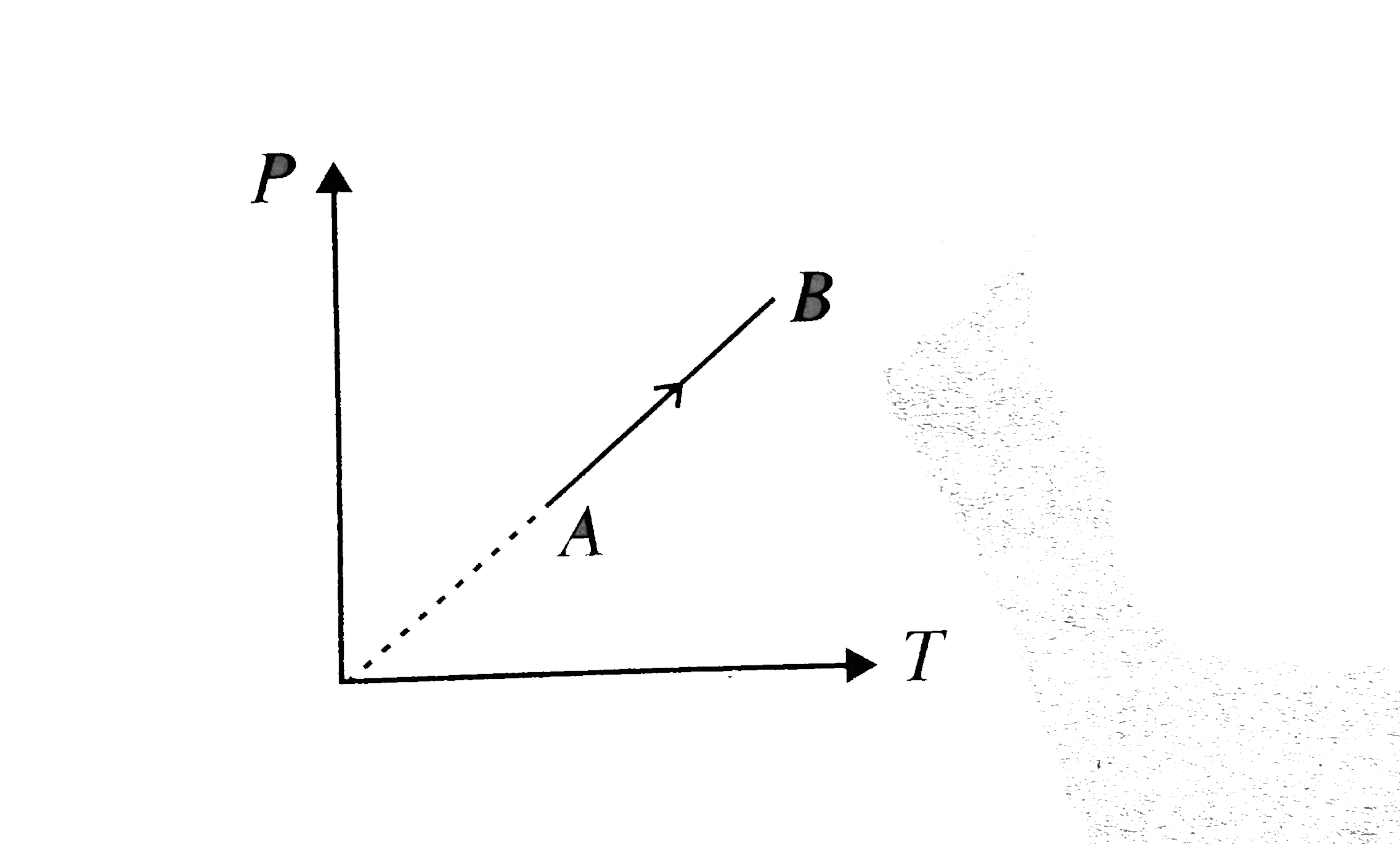In isobaric process of ideal gas (f=5) work done by gas is equal of 10J. Then heat given to gas during process:
25J
15J
45J
35J
The correct Answer is:D
To find the heat given to the gas during an isobaric process, we can use the relationship between work done, heat, and the degrees of freedom of the gas.
1. Identify the Given Values:
- Work done by the gas, W=10J
- Degrees of freedom, f=5
2. Understand the Isobaric Process:
- In an isobaric process, the pressure remains constant. The relationship between heat added to the system (Q), work done by the system (W), and the change in internal energy (ΔU) is given by:
Q=ΔU+W
3. Relate Internal Energy Change to Degrees of Freedom:
- For an ideal gas, the change in internal energy (ΔU) can be expressed in terms of the degrees of freedom:
ΔU=f2nRΔT
- However, we can also relate Q directly to W using the specific heat capacity at constant pressure, which is related to degrees of freedom.
4. Calculate the Heat Transfer:
- The relationship between heat transfer and work done in an isobaric process is given by:
Q=f+2fW
- Substituting the values:
Q=5+25×10J
Q=75×10J=14J
5. Final Calculation:
- Since we need to find the heat given to the gas, we can also use the formula:
Q=72W
- Substituting W=10J:
Q=72×10=35J
Conclusion:
The heat given to the gas during the isobaric process is Q=35J.
- Work done by the gas, W=10J
- Degrees of freedom, f=5
- In an isobaric process, the pressure remains constant. The relationship between heat added to the system (Q), work done by the system (W), and the change in internal energy (ΔU) is given by:
Q=ΔU+W
- For an ideal gas, the change in internal energy (ΔU) can be expressed in terms of the degrees of freedom:
ΔU=f2nRΔT
- However, we can also relate Q directly to W using the specific heat capacity at constant pressure, which is related to degrees of freedom.
- The relationship between heat transfer and work done in an isobaric process is given by:
Q=f+2fW
- Substituting the values:
Q=5+25×10J
Q=75×10J=14J
- Since we need to find the heat given to the gas, we can also use the formula:
Q=72W
- Substituting W=10J:
Q=72×10=35J
The heat given to the gas during the isobaric process is Q=35J.
Topper's Solved these Questions
Similar Questions
Knowledge Check
Assertion : In an adiabatic process, change in internal energy of a gas is equal to work done on/by the gas in the process.
Reason : This is because temp.of gas remains constant in an adiabatic process.AIf both assetion and reason are true and reaasons is the correct expanation of assetionBIf both assetion and reason are tur but reason is not the correct explanation of assetionCIf assertion is true but reason is falseDIf both assertion and reason are false.
During the process AB of an ideal gas

View SolutionWhen heat in given to a gas in an isobaric process, then
View SolutionIn a thermodynamic process on an ideal diatomic gas, work done by the gas is η times the heat supplied (η<1). The molar heat capacity of the gas for the process is
View SolutionStatement 1: Heat supplied to a gas is process is 100 J and work done by the gas in the same process is 120 J, then pressure of he gas in the process should increase.
because
Statement2: Work done by the gas is greater than the heat supplied to the gas. Hence, internal energy of the gas should decrease.
View SolutionA diatomic gas done 80J work when expanded isobarically. Find the heat given to the gas during this process?
View SolutionA gas undergoes change from state A to state B. In this process, the heat absorbed and work done by the gas is 5 J and 8 J, respectively. Now gas is brought back to A by another process during which 3 J of heat is evolved. In this reverse process of B to A:
View SolutionDuring an expansion of ideal gas the work done by gas is 100J and the heat capacity to process is found to be +2J/∘C. Find ΔE fo gas if the final temperature of gas is 25∘C higher than its initial temperature.
View Solution
